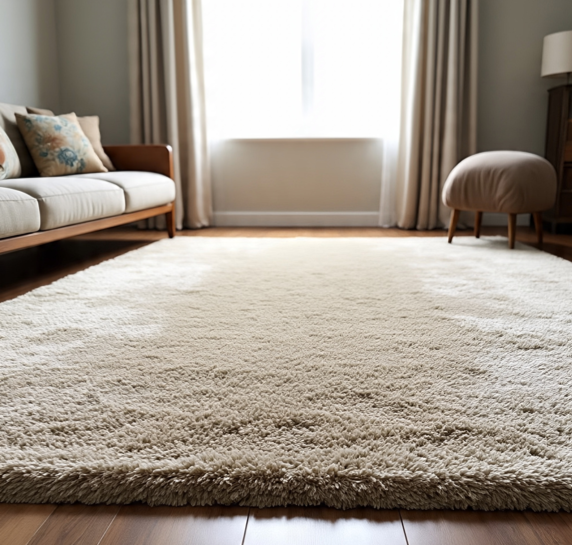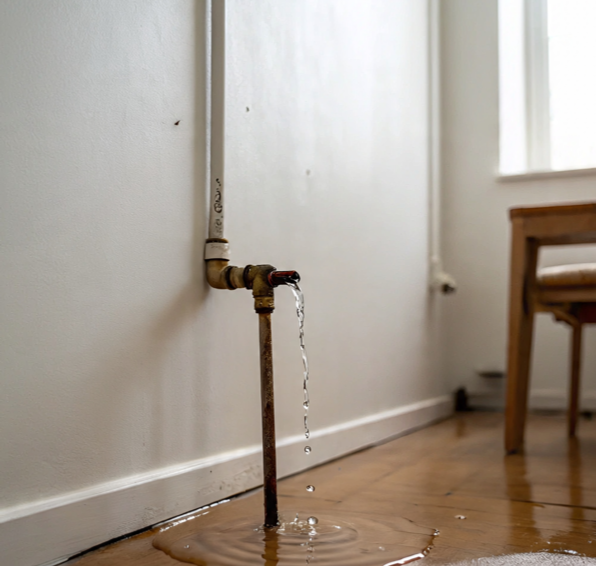Summary on Toxic Mold in Fort Wayne Homes
Toxic mold is a hidden danger that can compromise your home’s air quality and negatively affect your health. In this article, we reveal the 5 signs of toxic mold in your home that every homeowner should know. From persistent musty smells and visible mold growth to unexplained allergic reactions, respiratory problems, and frequent headaches, these warning signs indicate that harmful mold spores could be contaminating your living space. Understanding these symptoms is crucial for early detection and effective mold remediation. If you’re feeling constantly sick at home or notice any of these signs, it’s important to take action quickly to safeguard your family’s health and prevent further damage to your property. Learn how to identify toxic mold and why professional mold removal services are essential for restoring a safe, healthy environment.
Table of Contents
The Toxic Mold Effect: You wake up groggy with a sore throat and persistent cough. Your sinuses are congested, and your head feels heavy. You chalk it up to allergies or maybe the flu. But what if the culprit isn’t seasonal—it’s something growing inside your walls? For many homeowners, the answer lies in toxic mold spores silently invading their indoor air.
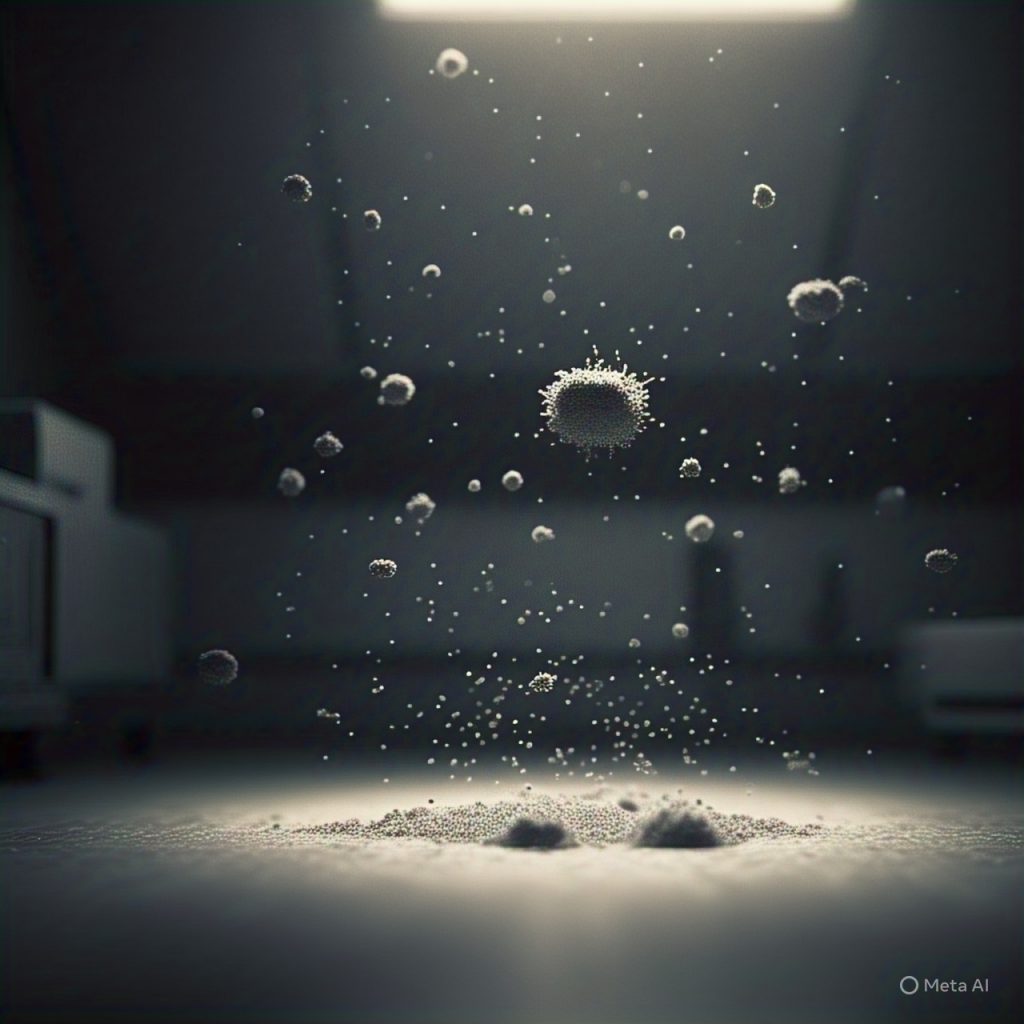
Mold is more than just an unsightly nuisance; it’s a health hazard that often goes unnoticed until symptoms become persistent. If you’ve ever asked, “Why do I feel worse at home than anywhere else?”—toxic mold might be the answer.
Toxic Mold Spores in the House: The Case of the Thompsons
The Thompson family had just moved into their dream home in Fort Wayne, Indiana. It was a charming 1960s colonial with hardwood floors, a big backyard, and lots of character. But within three months, things took a strange turn.
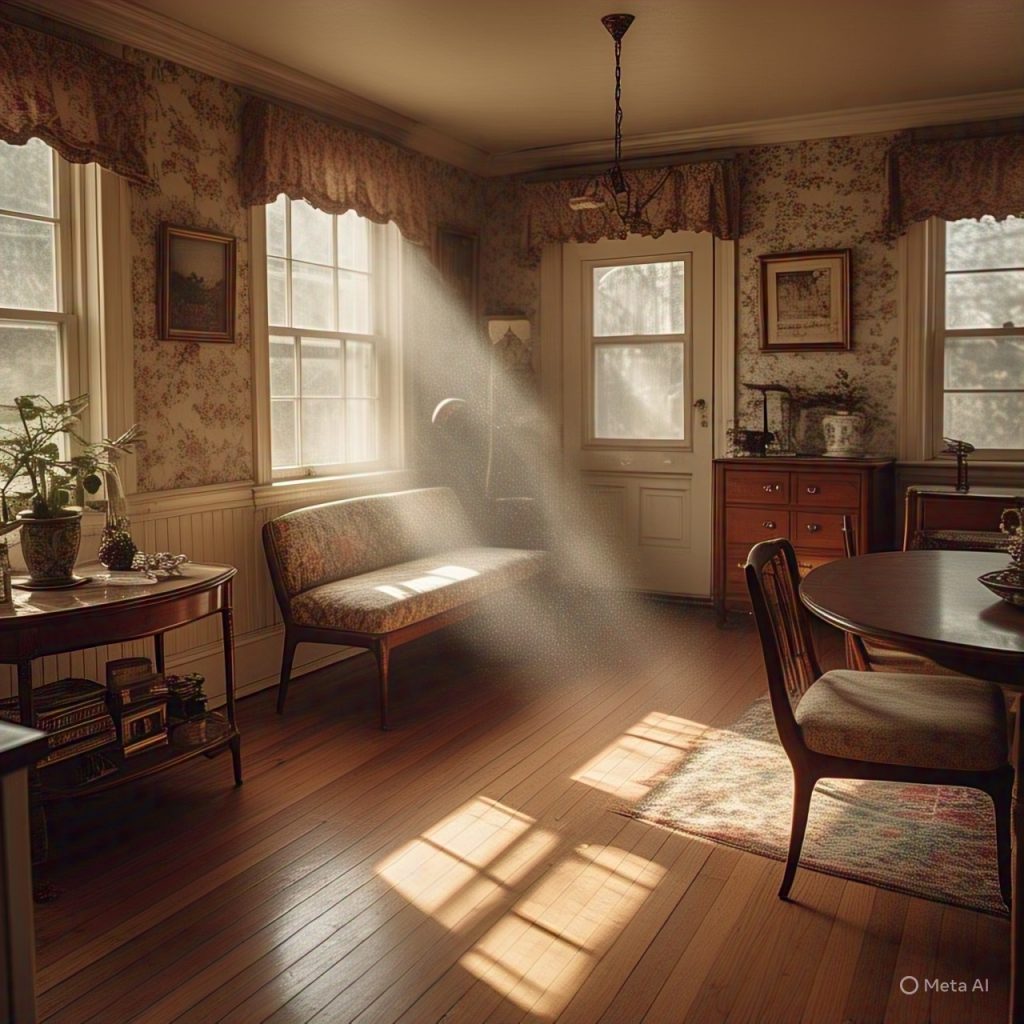
Jessica Thompson, the mother, began experiencing daily migraines and fatigue. Her 8-year-old son developed a chronic cough, and her husband felt dizzy and irritable more often than usual. At first, doctors treated them for seasonal allergies and even tested for viruses—but nothing worked.
One rainy afternoon, Jessica noticed black patches forming behind the laundry room drywall. A musty smell had also crept into the air. They called in PuroClean Disaster Restoration of West Fort Wayne.
The diagnosis? Toxic black mold—Stachybotrys chartarum—caused by a slow, hidden pipe leak. The mold had spread through their ventilation system, pumping spores into every room.
PuroClean stepped in, performing professional mold remediation and thorough air purification. Within weeks, the Thompsons felt healthier, breathing clean, safe air once again.
The pain point? They never suspected their home could make them sick.
The lesson? If you feel worse at home, always consider environmental factors like mold. For immediate assistance with Mold restoration, contact PuroClean Disaster Restoration, Call (+1) 317-467-4436 or (+1) 260-263-9788 for Fort Wayne location.
PuroClean Disaster Restoration has over 19 years of experience in the mold removal, remediation and mitigation industry, with over 100 5 Star reviews on Google serving Indianapolis. Click on this link to see it’s online reviews and ratings.
What Is Toxic Mold and How Does It Affect Your Health?
Toxic mold, particularly black mold, releases mycotoxins tiny toxic particles that can cause a wide range of health symptoms:
- Persistent cough
- Sinus congestion
- Eye and skin irritation
- Fatigue
- Headaches
- Brain fog or confusion
- Asthma flare-ups
Children, the elderly, and those with respiratory conditions or weakened immune systems are particularly vulnerable.
Mold thrives in damp, dark areas such as basements, attics, behind drywall, and around plumbing leaks. If your home has experienced water damage, leaks, or high humidity, mold growth is a serious concern.
Signs You May Have Mold in Your Home
- Musty or earthy smell
- Visible black, green, or white mold patches
- Recent water leaks or flooding
- Persistent indoor humidity above 60%
- Chronic health symptoms that improve when you leave home
Why DIY Mold Cleaning Often Falls Short
Many homeowners attempt to clean mold with bleach or household cleaners. Unfortunately, this only addresses surface mold, not the root problem. Mold spores can hide inside walls, insulation, HVAC systems, and subflooring. Without professional equipment, you’re unlikely to fully eliminate the source.
Professional Mold Remediation: How PuroClean Disaster Restoration Can Help
At PuroClean Disaster Restoration of West Fort Wayne, we use industry-standard equipment and certified techniques to:
- Identify hidden mold through moisture meters and infrared cameras
- Contain affected areas to prevent spore spread
- Safely remove and dispose of mold-infested materials
- Dehumidify and dry affected zones
- Clean and purify the air with HEPA filtration systems
Our experts are trained to ensure your home becomes a safe and healthy space again.
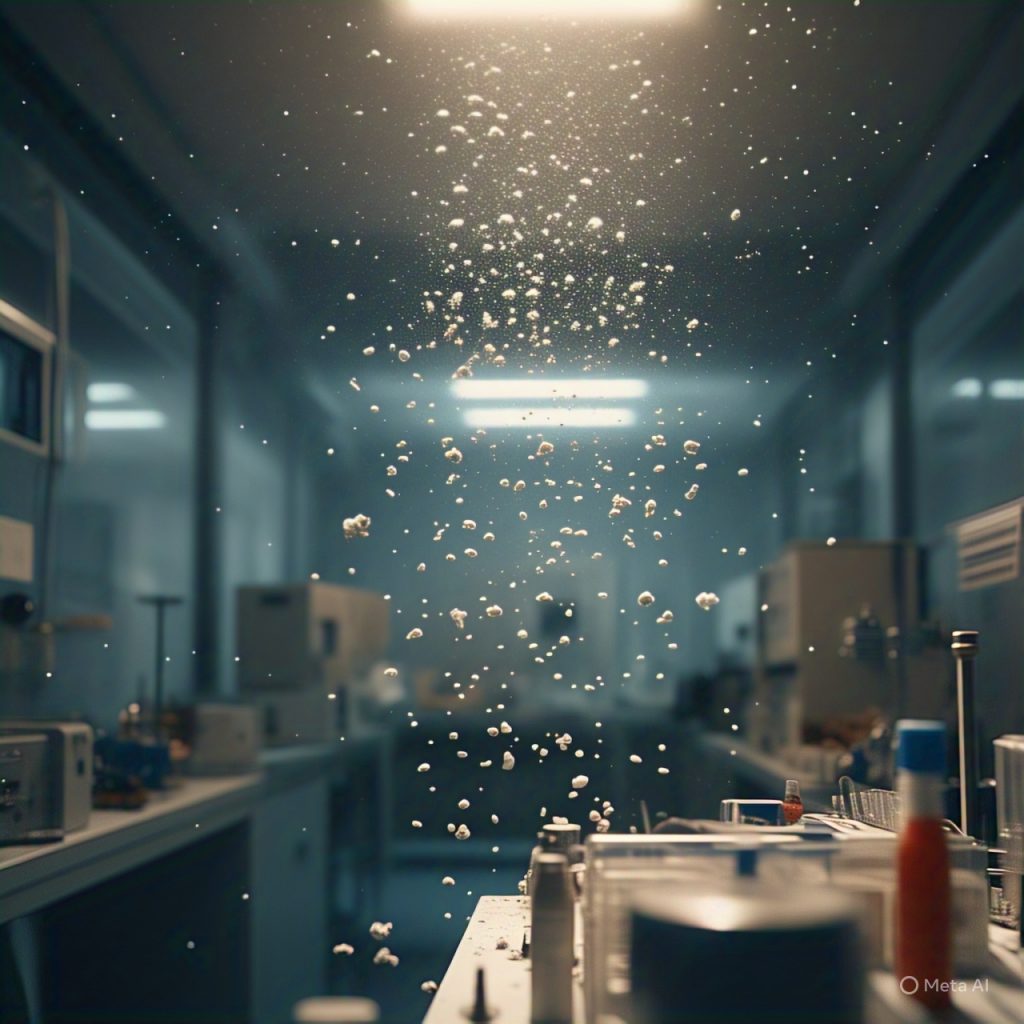
FAQs on Toxic Mold
Q1: What are the health symptoms of mold exposure? Mold exposure can cause respiratory issues, coughing, sneezing, itchy eyes, skin rashes, fatigue, brain fog, and sinus infections. People with asthma or compromised immune systems may experience more severe symptoms.
Q2: Can mold grow even if I can’t see it? Yes, mold often grows behind walls, under floors, and inside HVAC systems. If there’s a musty odor or ongoing health symptoms, mold may be present even if it’s not visible.
Q3: What causes mold to grow in homes? Mold requires moisture to grow. Common sources include roof leaks, plumbing leaks, poor ventilation, high humidity, and flooding. Without addressing the moisture source, mold will continue to grow.
Q4: Is black mold the only dangerous type? While black mold (Stachybotrys chartarum) is notorious, other types like Aspergillus, Penicillium, and Cladosporium can also cause health issues. Any mold in large quantities should be treated as a potential health hazard.
Q5: Should I try to remove mold myself? Small patches on tile or non-porous surfaces may be cleaned safely, but large infestations or hidden mold require professional help. DIY methods can spread spores and worsen the problem.
Q6: How long does professional mold remediation take? It depends on the extent of the infestation. Small jobs may take a day or two, while larger cases could take a week or more. An inspection will provide a clearer timeline.
Q7: Will my insurance cover mold removal? Some homeowner insurance policies cover mold remediation if it results from a covered event (like a burst pipe). Check your policy or consult your provider for details.
Q8: How can I prevent mold in the future? Control humidity levels (keep them under 60%), fix leaks promptly, use dehumidifiers in damp areas, and ensure proper ventilation in kitchens and bathrooms.
Q9: Is mold more common in certain seasons? Yes, mold tends to thrive in warmer, humid months—especially summer. However, winter condensation and hidden leaks can also promote growth.
Q10: When should I call a professional like PuroClean? Call us if you notice a musty smell, visible mold, recent water damage, or experience unexplained health symptoms at home. Early intervention prevents costly damage and protects your health.
Conclusion: Breathe Easier Take Mold Seriously
Your home should be your sanctuary, not a source of sickness. If you’re feeling ill without clear cause, don’t ignore the signs. Toxic mold spores in your air may be to blame—and the longer they go untreated, the worse the damage can get.
PuroClean Disaster Restoration of West Fort Wayne is here to help. From inspection to full remediation, our team ensures your home is safe, clean, and healthy. Don’t wait call us today and breathe easier tomorrow.
